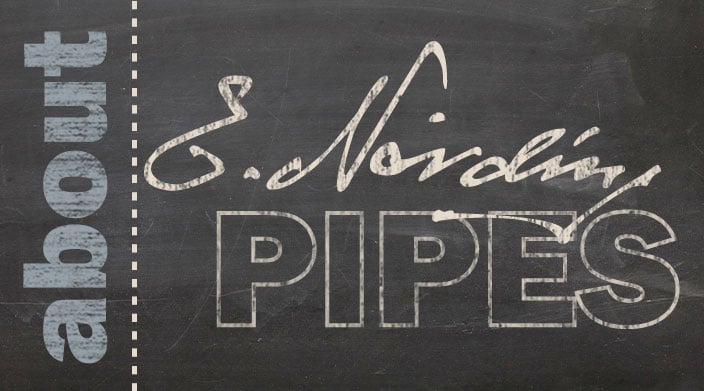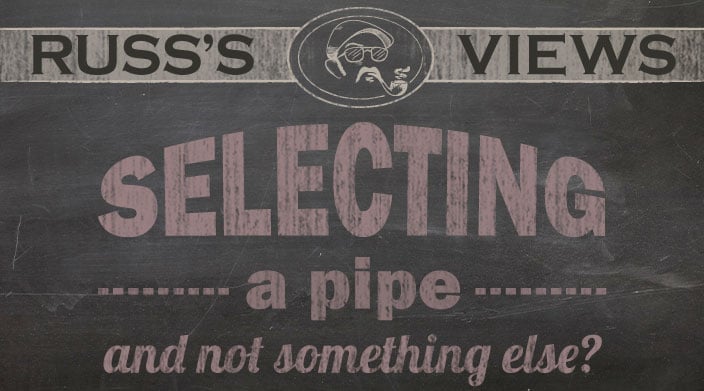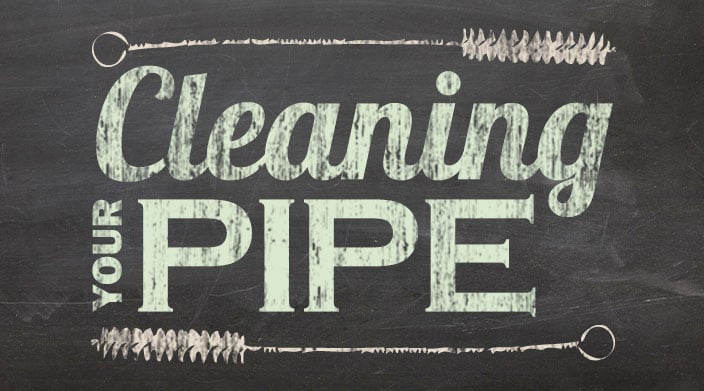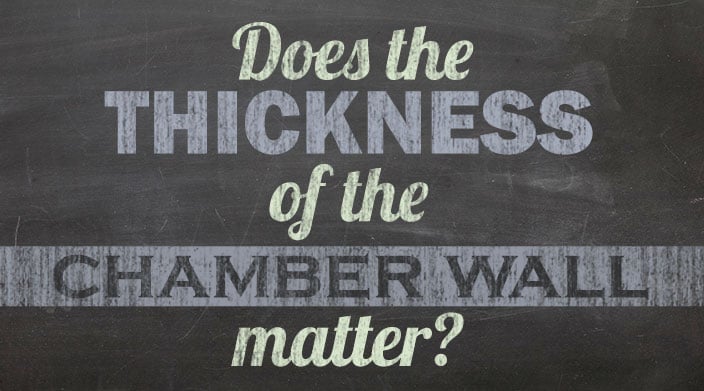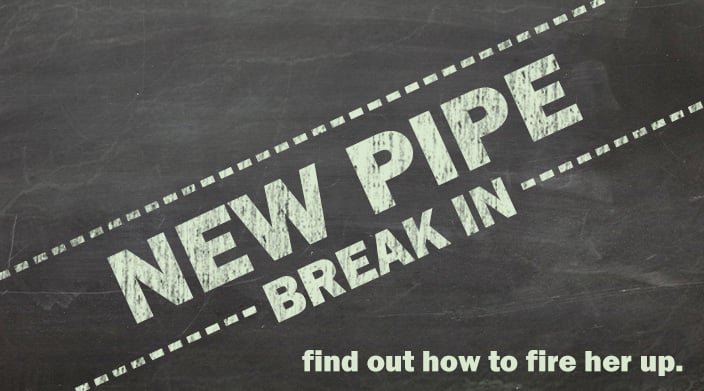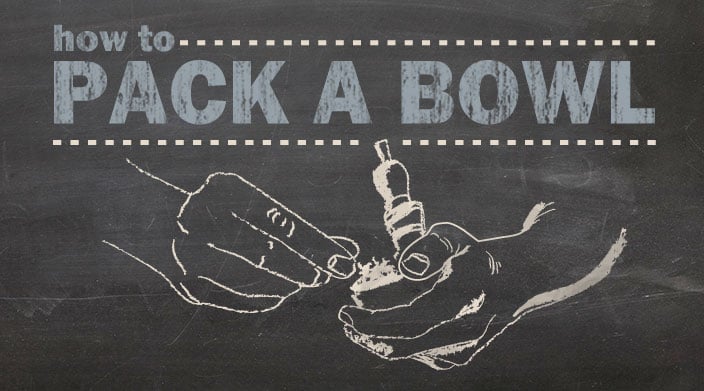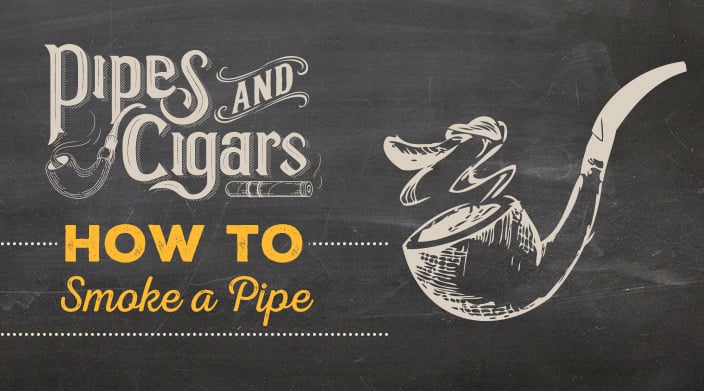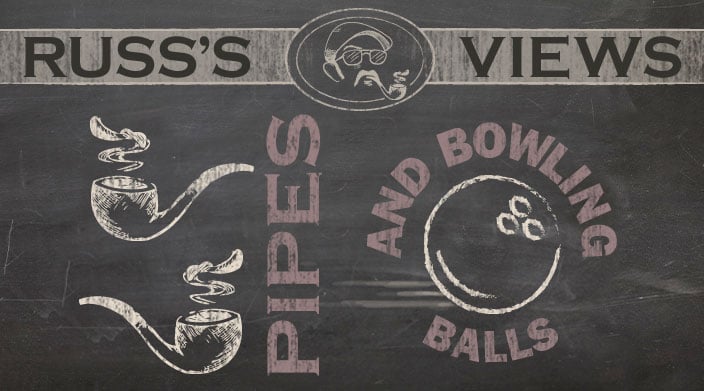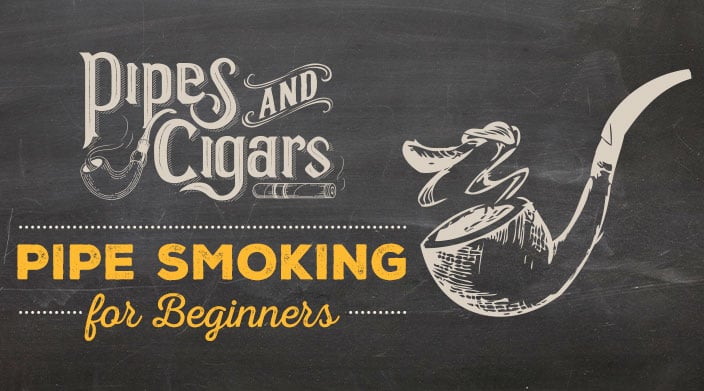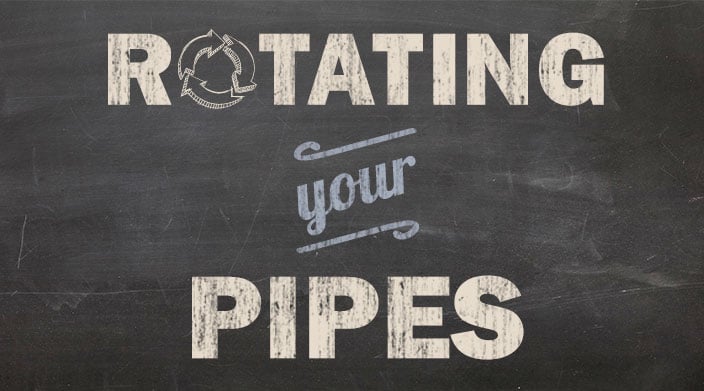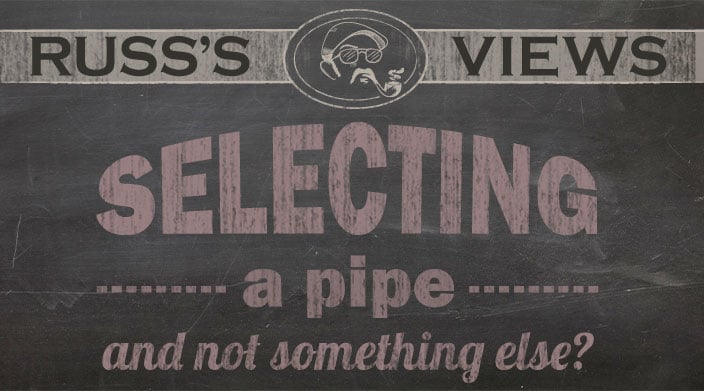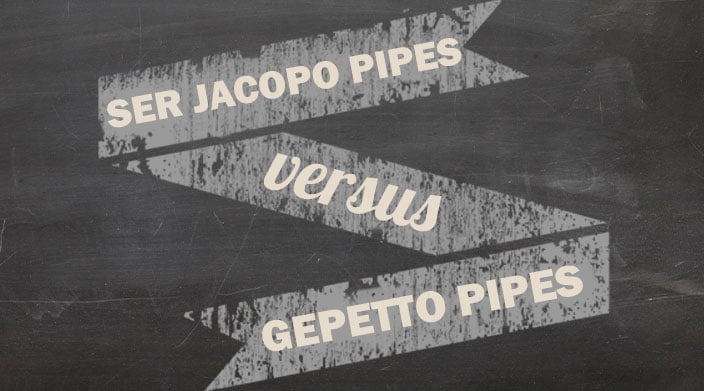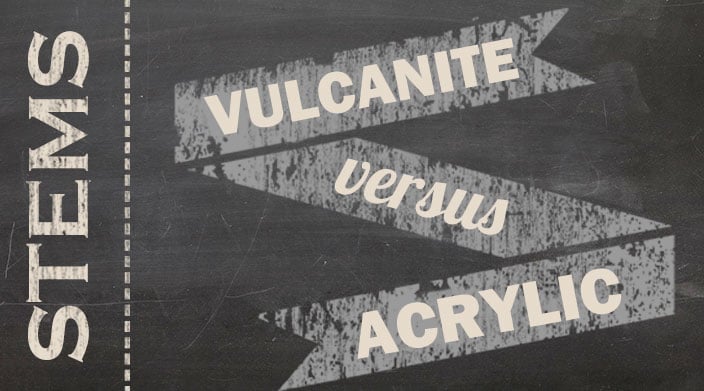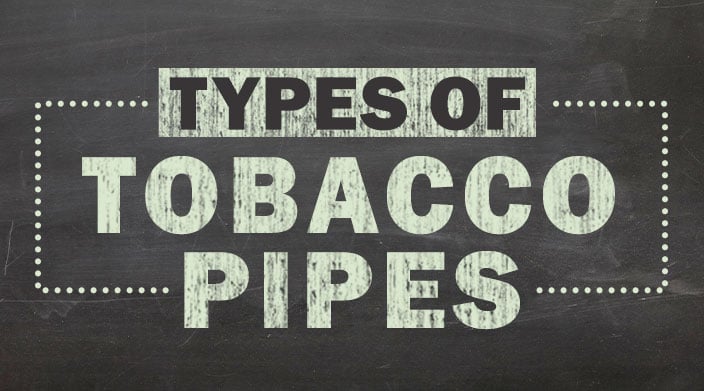Why Briar and Not Something Else?
WHAT IS BRIAR WOOD?
Briar is the burlwood of the white heath tree, which grows in the region surrounding the Mediterranean Sea. Areas that are known for briar production are Corsica, Italy, Spain, France, and Algeria, among others. The burl grows underground, between the root and the trunk of the tree. In the past, the whole tree was harvested to get the burls, but today we have methods for excising the burl while allowing the tree to keep growing.
WHY IS BRIAR WOOD GOOD FOR MAKING PIPES?
Briar wood is a hard, heat-resistant wood with a neutral aroma when exposed to heat which makes it ideal for making a smoking pipe. It also has the potential for stunningly beautiful grain as the wood fibers grow, radiating from a central point to the outer bark. Since the first briar pipes were made about 170 years ago in St. Claude, France, the heath burl has established itself as the material of choice for smoking pipes and I doubt that will ever change.
DIFFERENT TYPES OF BRIAR WOOD GRAINS
When the pipe is made, there are different types of grain that may appear, creating some fantastic-looking finishes.
Flame Grain – When the grain runs in a certain direction while exhibiting flaring, it is referred to as flame grain.
Straight Grain - Similar to flame grain with more even and parallel striations. When flawless, straight grain is the most prized, as very straight graining in a piece of briar is rather rare. Bird’s Eye Grain - The end grain, which can be spectacularly gorgeous on a tightly-grained block of briar. The name befell this grain because the cluster of pinpoints and whorls look like tiny bird’s eyes.
HOW ARE BRIAR PIPES MADE?
PREPARING THE BRIAR WOOD
Once the burls are removed from the ground, they are transported to a mill to prepare them for sale. Every mill has its own process for producing the blocks, but these steps are almost always part of the procedure:
Cutting- the burl is either cut into blocks with squared corners (ebauchons) or pieces with the natural craggy outer layer intact (plateau). Leaving the outer bark on the plateau allows the carver to make pipes with that intriguing bumpy finish like you might see at the crest of the bowl on a freehand. Boiling- the blocks are boiled in water or steeped in very hot water for a period of time to help get the bulk of the sap out of the wood. Drying- the blocks can be air-dried (which takes a number of years) or they can be kiln-dried (which can be done in a matter of months or even weeks). Obviously, kiln-drying gets the wood ready much more quickly, but the blocks can crack due to the faster shrinkage that heat-assisted desiccation can cause. When the blocks are deemed ready for use, there’s one thing left before sale and delivery and that’s grading. The blocks can be graded according to the point of origin of the wood, color of the blocks, tightness of grain and other criteria. Then the blocks may be grouped into bags for sale as a discounted bulk lot or kept individually to be selected by the carver.
Once in the hands of the pipe maker, the briar wood may have to go through a number of processes before being turned into a pipe. Many carvers will age the wood for several years before using the blocks. Others may simmer the blocks in heated oil to draw the sap out of the briar, which also seems to harden the wood and gives it a nutty flavor when smoked.
SELECTING A BRIAR WOOD BLOCK
When it’s time to select a block, the carver will wet down the wood to be able to see the grain. When the right block has been chosen, if the pipe is all hand-made, the artisan will often sketch the shape of the pipe on the block, and the rough shape is cut, usually with a band saw. After the rough shape has been achieved, sanding drums, wheels and/or files are used to fine-tune the stummel until it’s ready to be fitted with a stem, fine sanded and stained.
If it’s going to be a machine-made pipe, it might be made, almost start to finish by using a machine that duplicates a given shape. This allows for a quickly made, virtually identical copy, but doesn’t allow for flaws, or attention to the grain or detail.
Finally, if a pipe has less than stellar grain or a visible flaw, the maker might decide to do something to make the pipe more attractive. The two main methods for doing this are rustication and sandblasting. With rustication, the pipe is carved using hand or power tools (often made for this purpose only) which gives it a unique appearance and covers the flaw as well. Sandblasting is achieved by putting the stummel in a cabinet, where it is shot with tiny pieces of metal or sand-like glass beads. The high-velocity pummeling causes the soft wood to get ripped away, leaving the craggy line of the harder wood intact, giving it an aged, natural appearance, and additionally making the pipe more unique.
ARE BRIAR PIPES EXPENSIVE?
Briar smoking pipes are available in a range of prices, some of the lowest going for around $45 dollars, and some of the higher range prices reaching thousands of dollars. The prices can vary based on many factors.
One of the reasons that hand-carved briar pipes can be so expensive is because briar wood grows underground and is prone to having little air pockets, sand pits, and even little pieces of stone in it. Just imagine taking a block of wood, shaping it perfectly, seeing remarkable grain, and then, right when you’re doing the fine sanding, a nasty-looking hole about the size of a b-b shows up. And if the blemish is in the wrong place or too deep, you can’t even salvage it by rusticating or sandblasting the pipe. You can use putty to fill it, but pipes with fills end up at the bottom of the price list, so many pipes of this sort are discarded or burned for heating fuel. Another reason for the range of prices of briar pipes is that the heath tree usually grows in rocky, sandy soil on hillsides, and few workers today want to do the work, so those who do it get paid relatively well.
With all that being said, shop our wide variety of briar pipes for sale at some of the best prices online, and rest assured that you will find something you like. And learn more about pipes, pipe tobacco, and more in our pipe-faq section today!







